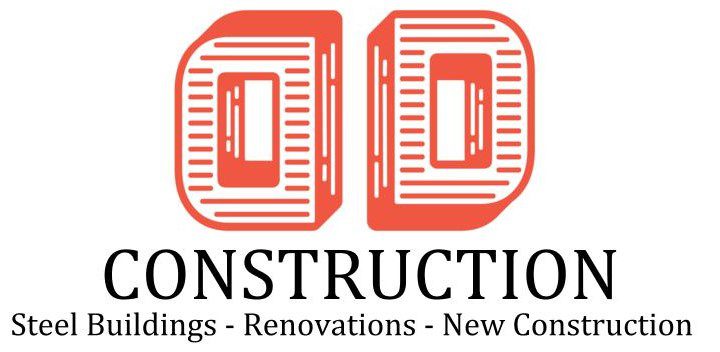Pre-engineered metal buildings stand tall as efficient elements of sustainability in the construction industry. These structures promote durability, low maintenance, and adaptability in commercial and industrial construction.
Read on to explore how pre-engineered metal building elements can help you create a more energy-efficient, sustainable building.
Durability
Built with high-quality steel, PEMBs withstand time and environmental pressures. Unlike conventional building materials, this can protect your metal building from moisture, mold, and mildew. It helps extend the lifespan of the building without demanding regular maintenance or treatments.
Additionally, the high strength of the pre-engineered metal elements can reduce waste production both during construction and the life of the building.
Resource Optimization
Pre-engineered metal buildings are designed to maximize the use of materials, reducing waste during construction. Precision in fabrication ensures that materials are utilized efficiently, minimizing the environmental impact of resource extraction and production.
Low Maintenance
The inherent strength of steel balances the necessity for frequent repairs and can effectively reduce the resources and energy spent on maintenance tasks. By necessitating fewer repairs and replacements over time, metal buildings play a significant role in conserving resources and preserving the environment.
Future Adaptability
An essential aspect of sustainability involves being adaptable for the future, and pre-engineered metal buildings excel in this regard. They have a flexible framework that seamlessly accommodates modifications and expansions without compromising structural integrity. The ability to add and alter with minimal new construction reduces the environmental impact.
Reduced Environmental Footprint
As these buildings stand strong for an extended period with minimal repairs, they reduce resource consumption, waste generation, and carbon emissions associated with frequent maintenance.
Decreased Energy Consumption
Metal roofs have high reflectivity, meaning they reflect a significant amount of the sun’s radiation away from the building. This helps keep the building cooler by preventing the absorption of heat. It reduces the demand for cooling systems, translating into significant energy savings for building owners.
Solar Panel Integration
Sloped roofs in metal buildings provide an ideal platform for integrating solar panels, marking a crucial step toward renewable energy utilization. Despite the initial investment, this integration establishes a sustainable energy source throughout the building’s lifespan. By leveraging solar power, building owners can reduce their reliance on conventional energy sources, contributing to a greener and more sustainable energy ecosystem.
Recyclability
Metal is highly recyclable. At the end of a building’s life, the metal components can be easily recycled, diverting materials from landfills and reducing the demand for new raw materials. This recycling process requires less energy compared to the production of virgin materials, contributing to overall environmental sustainability.
Additionally, metal roofs can contribute to sustainable practices like rainwater recycling. Collecting rainwater becomes effortless due to the roof’s design, enabling its use for landscaping and plumbing.
Pre-engineered metal buildings help pave the way for a greener future. As a Butler Builder®, we have access to the best Pre-engineered metal buildings created by industry leader Butler Manufacturing™.
Do you want to experience the future of construction with pre-engineered metal buildings? The professional team at DD Construction can help you. Contact us to learn more.

